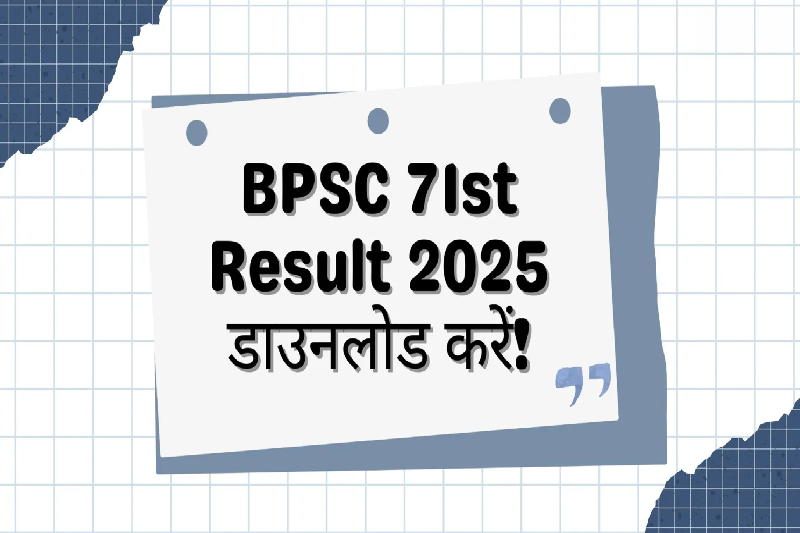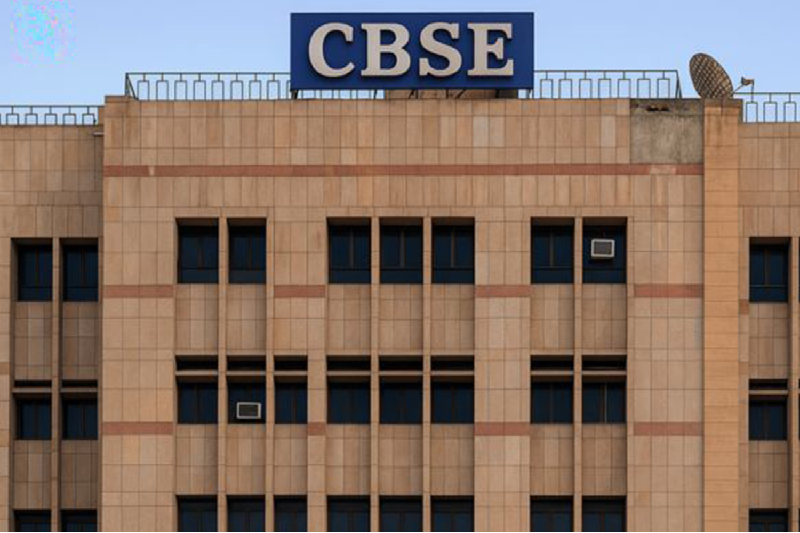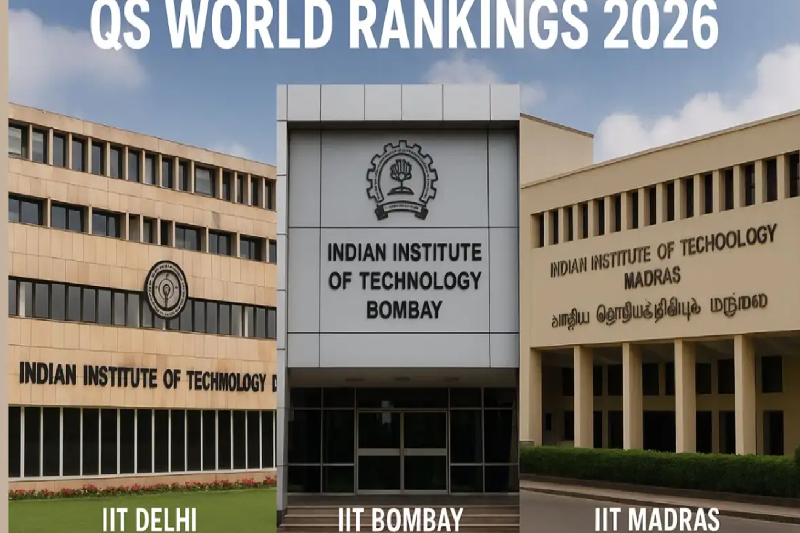
Teachers vs Policy: Chhattisgarh's Education Reform Sparks Mass Protests Over Staff Cuts and Burnout Fears
On May 29, 2025, the streets of Raipur were filled with the voices of over 10,000 teachers protesting against the Chhattisgarh government's decision to "rationalise" over 10,000 government schools. Backed by 23 teachers' unions, the protest emerged as one of the most significant collective actions by educators in recent years. Teachers fear that the new policy, issued via a government order on May 27, will result in massive job losses, an increased burden on remaining staff, and a sharp decline in the quality of education in the state.
What Is the Rationalisation Policy?
The policy in question aims to rationalise or restructure 10,463 schools across Chhattisgarh by redistributing teachers based on student numbers and sanctioned staff strength. The state government claims that this step is intended to ensure an equitable distribution of teaching resources and improve education standards across districts.
However, critics, including teachers and opposition leaders, say the real impact could be devastating. According to estimates, the rationalisation move might cost as many as 43,000 teachers their jobs. Moreover, it may severely limit new hiring opportunities, reducing the number of vacant teaching positions from the currently required 12,832 to just 5,370 after rationalisation.
Protests Escalate Despite Heavy Security
Protesters attempted to stage a massive demonstration at the state secretariat on Tuta Road in Raipur. Despite heavy police deployment and multiple barricades, demonstrators pushed through, chanting slogans against the state government and demanding an immediate rollback of the policy. Teachers, many of whom had already been reassigned or had lost their posts, carried placards accusing the government of prioritising cost-cutting over education and employment.
Teachers Fear Staff Shortages, Increased Burnout
One of the main concerns among educators is that rationalisation will lead to severe staff shortages and teacher burnout. In many schools, two teachers are expected to manage up to eighteen classes, a task educators say is not only impractical but also detrimental to student learning outcomes.
According to official data, over 5,500 of the state’s 56,000 government schools are currently functioning with only one teacher. Some schools have no teachers at all. In the 13,149 pre-middle schools, 255 have only one teacher, and 48 are entirely without teachers. Teachers argue that removing staff from one school to compensate for vacancies in another fails to address the larger issue of systemic under-recruitment and mismanagement.
Voices from the Protest: “This is Injustice”
Former Deputy Chief Minister T.S. Singh Deo added political weight to the protests, calling the rationalisation order both unjust and short-sighted. Speaking to IANS, Singh Deo recalled that a similar move was made under the previous BJP government when 2,000–2,500 schools were closed in the name of rationalisation.
He emphasized that while reallocating excess staff from overstaffed schools might make sense, the government’s approach overlooks the pressing need for new appointments in understaffed and teacherless schools. He warned that if the policy is a veiled attempt at cost-cutting, it represents a flawed and inhumane approach that compromises both employment and education.
Job Losses and Long Commutes Add to Teacher Stress
The consequences of the new policy are already visible. Some teachers have been removed from their positions, while others have been reassigned to schools far from their homes, resulting in drastically increased travel times and reduced teaching effectiveness. With reduced vacancies and higher class loads, the remaining staff are now facing greater pressure, which further raises the risk of teacher burnout—a concern that many unions voiced during the protest.
Current Student-Teacher Ratio and NEP Guidelines
The Chhattisgarh government maintains that the decision aligns with the National Education Policy (NEP) 2020 and aims to enhance learning infrastructure and reduce dropout rates. NEP 2020 recommends a maximum student-teacher ratio of 30:1. Currently, Chhattisgarh has a relatively acceptable ratio, ranging from 22 to 26 students per teacher.
However, educators argue that the rationalisation process could destabilise this balance. Merging smaller schools or transferring teachers without adding new ones could increase the number of students per teacher, ultimately impacting teaching quality and learning outcomes.
Unions Allege Strategic Move to Avoid New Hires
Representatives from the Shikshak Sajha Manch, a key teachers’ body in Chhattisgarh, believe that the real motive behind the rationalisation is to reduce recruitment pressure. With schools being merged and staff redistributed, the number of new teaching positions needed drops significantly, thereby easing financial and administrative burdens on the government.
Critics argue that while governments often use rationalization to optimize resources, in this case, it is being misused as a cover for budget cuts and the avoidance of new hiring.
Conclusion: A Policy Under Fire, A Profession Under Siege
While the Chhattisgarh government insists the rationalisation is aimed at improving educational delivery and resource allocation, the on-ground reality paints a different picture. With thousands of schools understaffed or without teachers, and educators bearing the brunt of long commutes, job losses, and unmanageable workloads, the policy has triggered widespread unrest.
Teachers remain unconvinced by the government's reassurances and are determined to continue their opposition until the policy is reconsidered. As the debate continues, the central question remains: can educational reform succeed if it sidelines those who are its very foundation—teachers?



